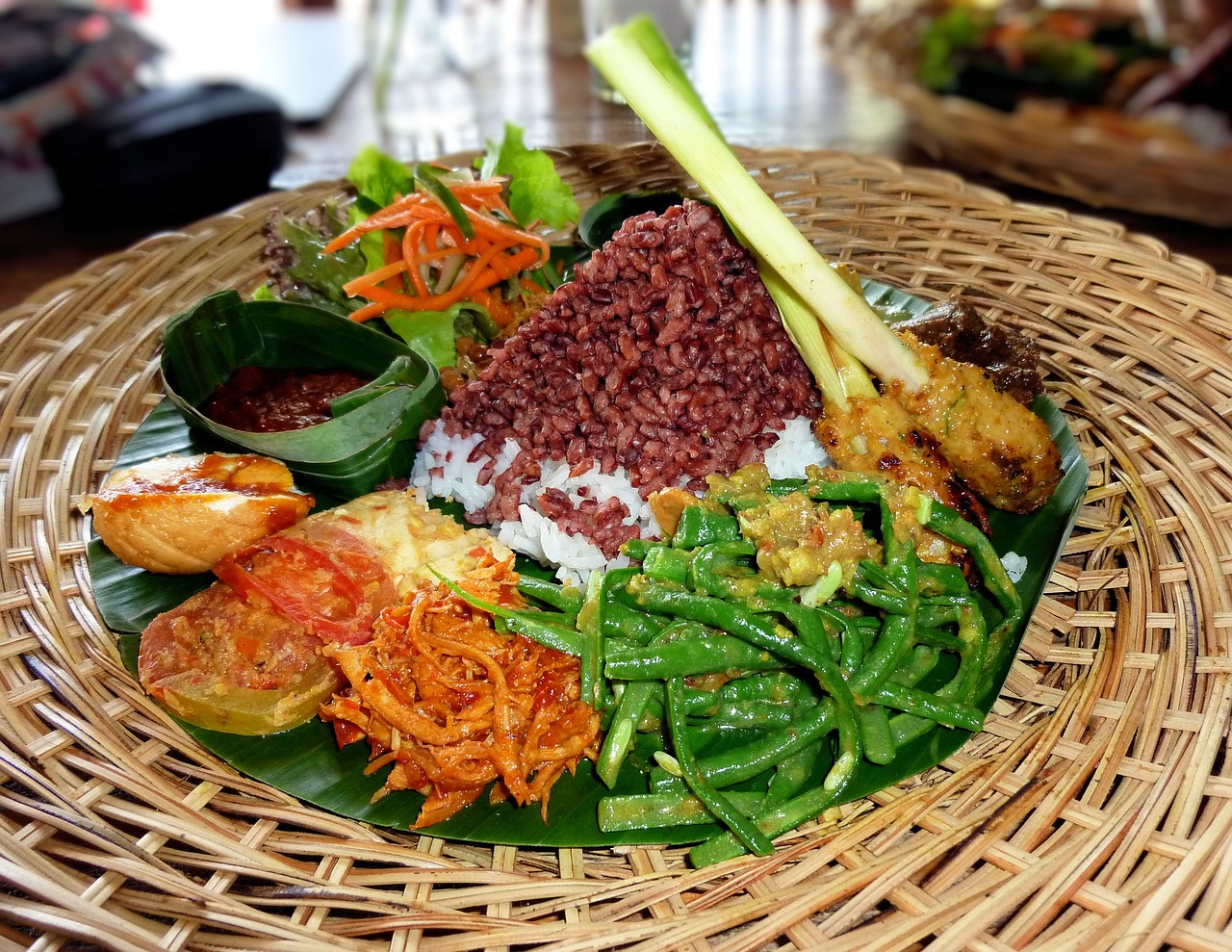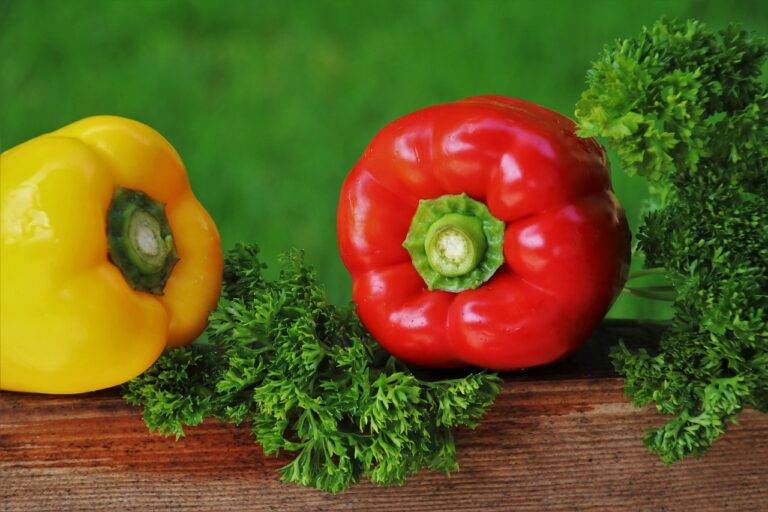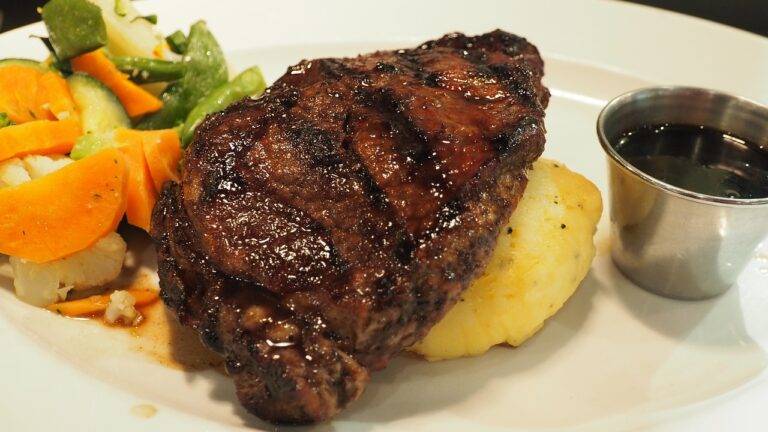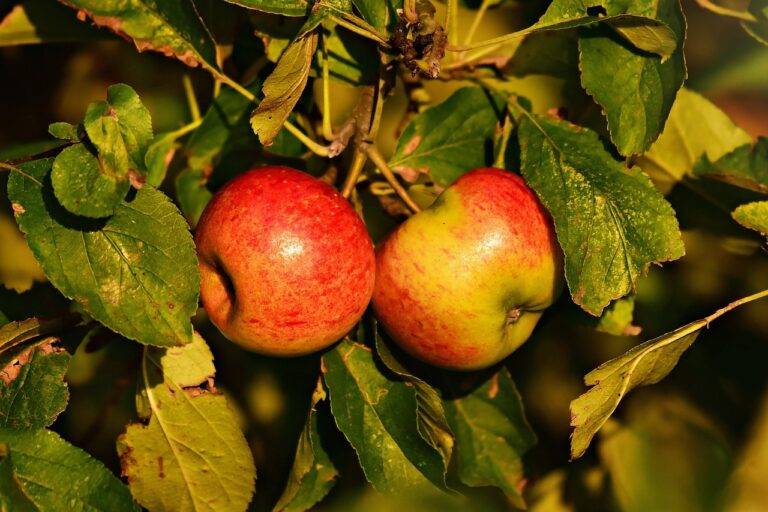A Guide to Unique Cooking Techniques
Sous vide cooking has gained popularity for its ability to deliver perfectly cooked, restaurant-quality meals in the comfort of your own kitchen. One way to enhance your sous vide experience is by experimenting with different temperature settings. Whether you’re cooking steak, chicken, or vegetables, adjusting the temperature can help achieve your desired level of doneness and texture.
Another way to elevate your sous vide game is by marinating your food before sealing it in the vacuum-sealed bag. This allows the flavors to penetrate the ingredients more deeply during the cooking process, resulting in a more flavorful end product. Don’t be afraid to get creative with your marinades – herbs, spices, citrus, and even soy sauce can all add depth and complexity to your sous vide dishes.
Experimenting with Molecular Gastronomy
Molecular gastronomy is a fascinating culinary approach that involves the scientific study of food preparation and presentation. By exploring the physical and chemical transformations that occur during cooking, chefs can create innovative dishes that push the boundaries of traditional cooking techniques. This experimental method often involves using tools such as liquid nitrogen, sous vide machines, and spherification kits to achieve unique textures and flavors in dishes.
One of the key principles of molecular gastronomy is the idea of deconstructing and reimagining classic dishes in new and unexpected ways. Chefs may use techniques like foams, gels, and emulsions to transform familiar ingredients into avant-garde creations that challenge diners’ perceptions of what food can be. By combining artistry with science, chefs who embrace molecular gastronomy are able to create visually stunning and taste bud-tantalizing dishes that offer a truly immersive dining experience.
Mastering the Art of Smoking and Curing
Smoking and curing are age-old techniques that have been used for centuries to preserve and enhance the flavor of food. When it comes to mastering these art forms, attention to detail is key. The process of smoking involves exposing food to low, indirect heat and wood smoke to infuse it with rich, smoky flavors. Curing, on the other hand, involves using salt, sugar, and sometimes spices to preserve and add flavor to the food.
Both smoking and curing require patience and precision to achieve the desired results. From selecting the right wood chips for smoking to properly balancing the salt and sugar in a curing mixture, every step plays a crucial role in the final outcome. Experimenting with different types of wood for smoking and varying curing times and ingredients can lead to unique and delightful flavor profiles.
• Smoking and curing are age-old techniques used for preserving and enhancing food flavors
• Attention to detail is crucial when mastering smoking and curing
• Smoking involves low, indirect heat and wood smoke for flavor infusion
• Curing uses salt, sugar, and spices for preservation and added flavor
• Patience and precision are required for successful smoking and curing
• Selecting the right wood chips is important for smoking
• Balancing salt, sugar, and spices in curing mixtures is key
• Experimenting with different woods, curing times, and ingredients can create unique flavors
What is smoking and curing in the context of cooking?
Smoking and curing are techniques used to preserve and enhance the flavor of food. Smoking involves exposing food to smoke from burning wood or other materials, while curing involves treating food with salt, sugar, and other ingredients to preserve it.
How can I start smoking and curing food at home?
To start smoking and curing food at home, you will need a smoker or a grill with a smoking attachment, along with curing ingredients such as salt, sugar, and spices. There are many online resources and guides available to help you get started.
What are some popular foods to smoke and cure?
Some popular foods to smoke and cure include bacon, salmon, ham, and sausages. You can also experiment with smoking and curing vegetables, cheeses, and even fruits.
What are the benefits of smoking and curing food?
Smoking and curing food can enhance its flavor, increase its shelf life, and add a unique smoky or savory taste. These techniques can also help to tenderize meat and preserve it for longer periods of time.
Are there any health concerns associated with smoking and curing food?
While smoking and curing food are generally safe practices, it is important to follow food safety guidelines and use proper techniques to avoid the risk of foodborne illness. It is also recommended to consume smoked and cured foods in moderation due to their potentially high sodium content.





